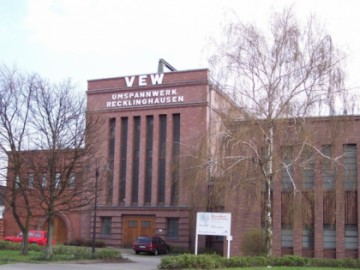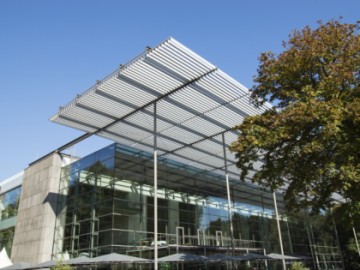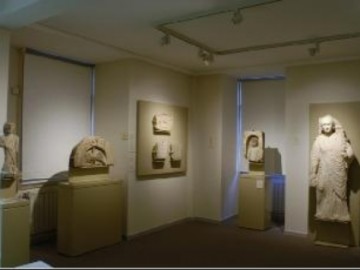Recklinghausen -City of a Thousand Icons
Today’s Recklinghausen, the place of sinister medieval witch trials in ancient times, is a cozy and the northernmost city of the Ruhr area. The old Hochlar quarter and the Museum of Icons are worth seeing here. But if you check the calendar beforehand, you can plan your visit so as to participate in one of the many city festivals or attend the annual International Theatre Festival.
Cafes, bars and restaurants in Recklinghausen
See all
Restaurants
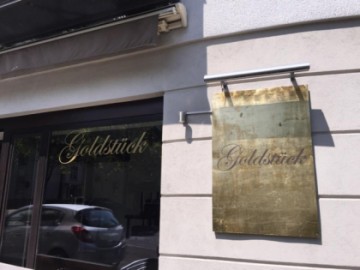
Goldstück
Bar • Catering
+49 2361 8484906
Payment methods:
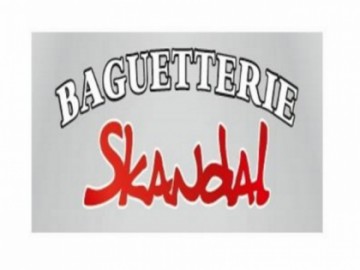
Baguetterie Skandal
Restaurant
+49 2361 9430362
Payment methods:
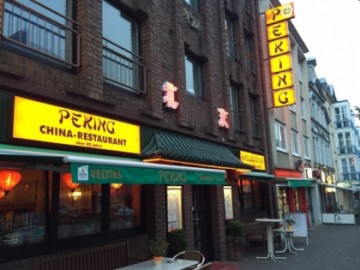
Peking
Restaurant • Catering
+49 2361 181231
Payment methods:
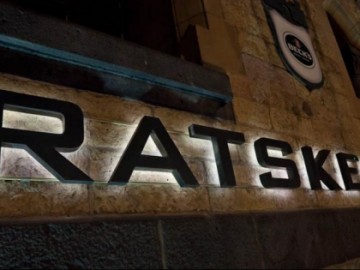
Ratskeller
Restaurant • Bar
+49 2361 5822022
Payment methods:
All sights in RecklinghausenSee all
Landmarks in the city Recklinghausen
Nearby
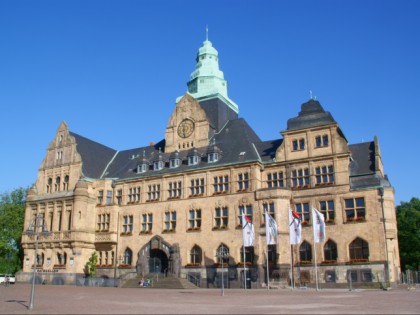
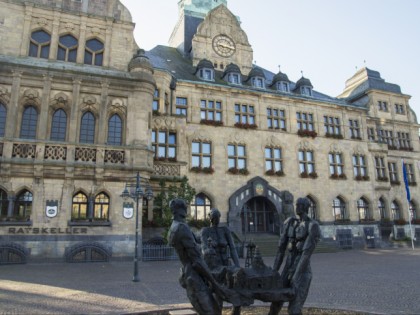
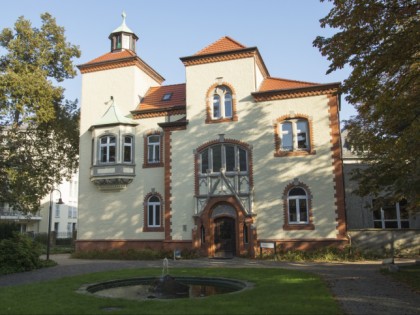
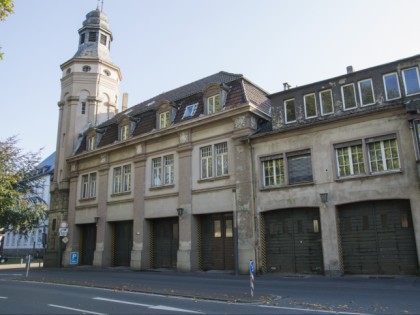
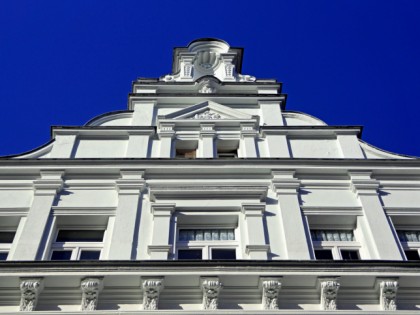
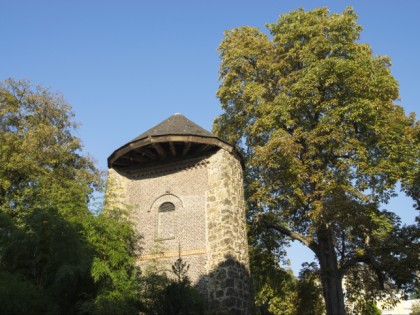
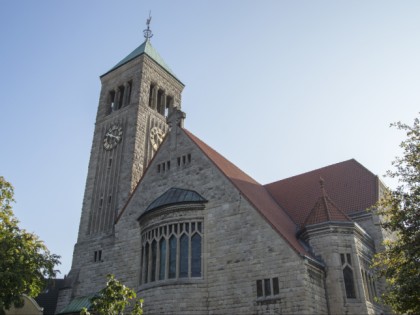
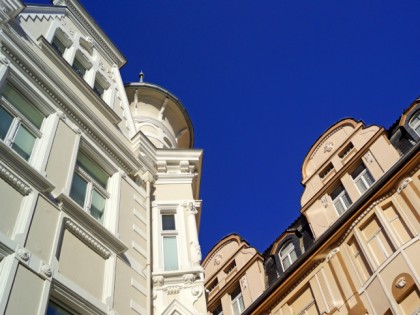
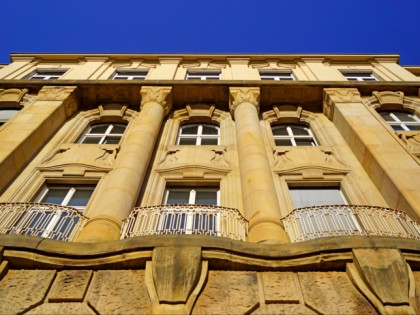
 Parks and recreation
Parks and recreation
 Museums and Exhibitions
Museums and Exhibitions
 Architectural Monuments
Architectural Monuments
